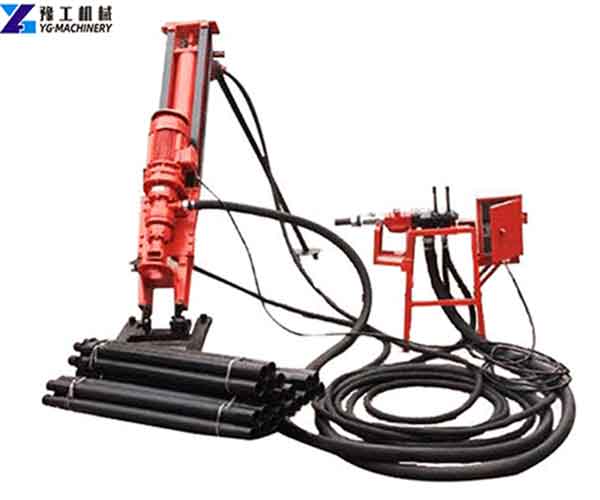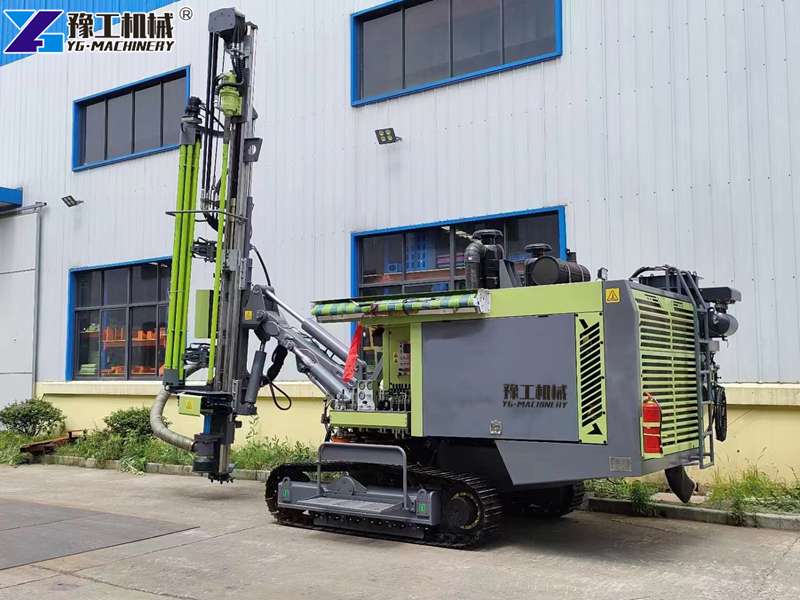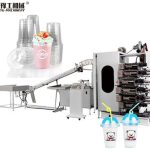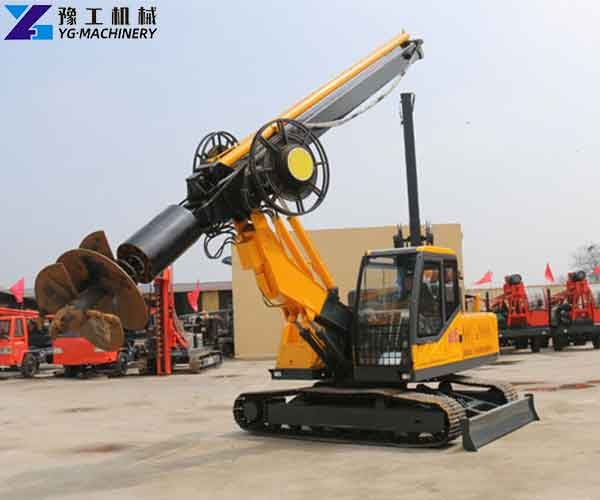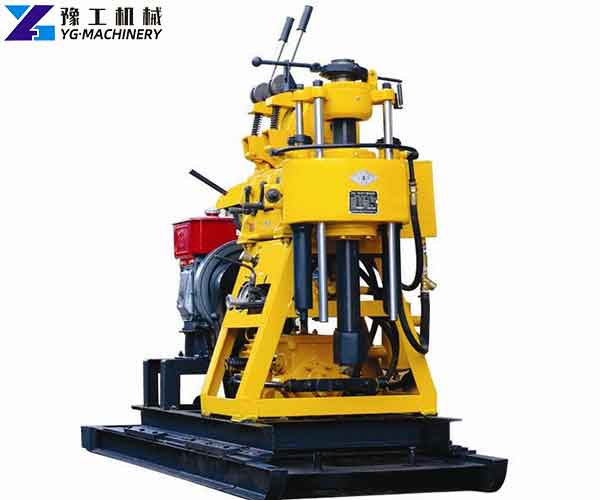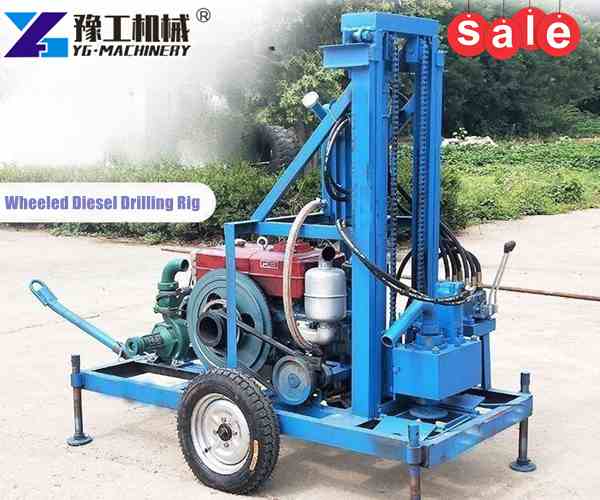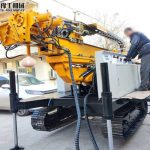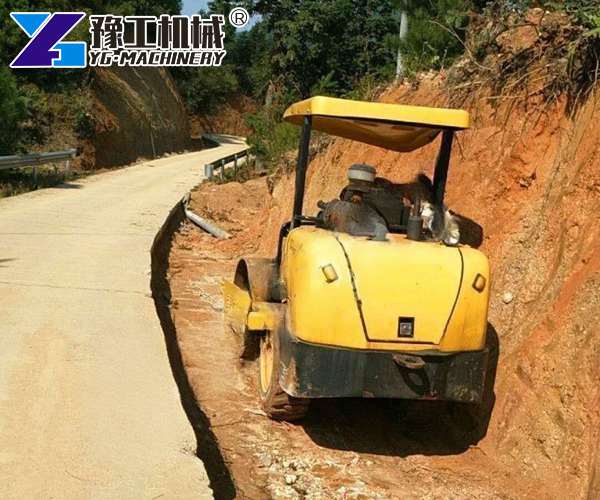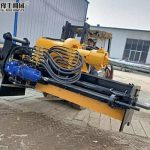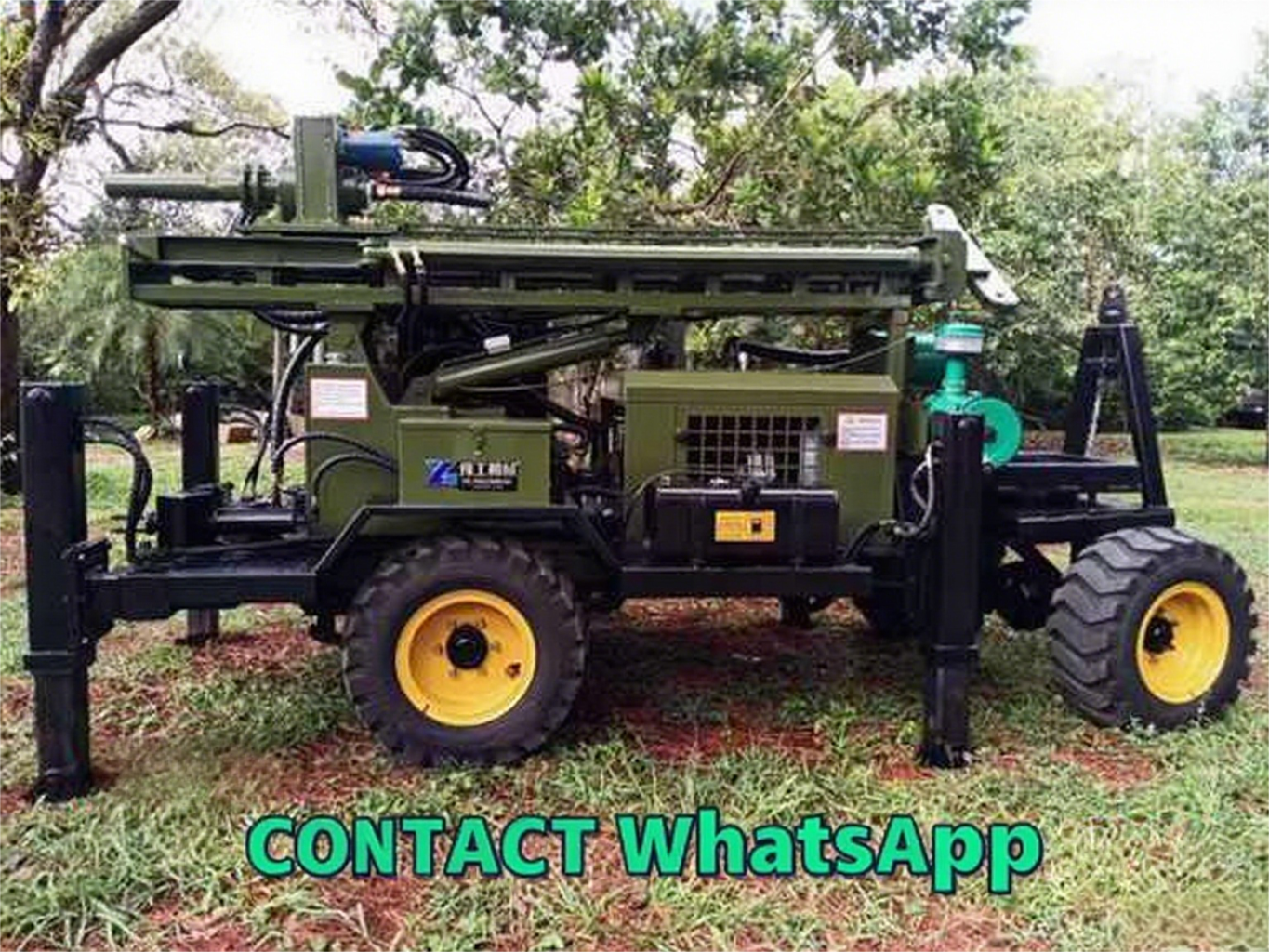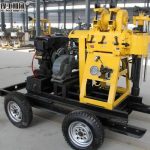Here, I will show you a working case of the down-the-hole drilling machine in the Philipines.
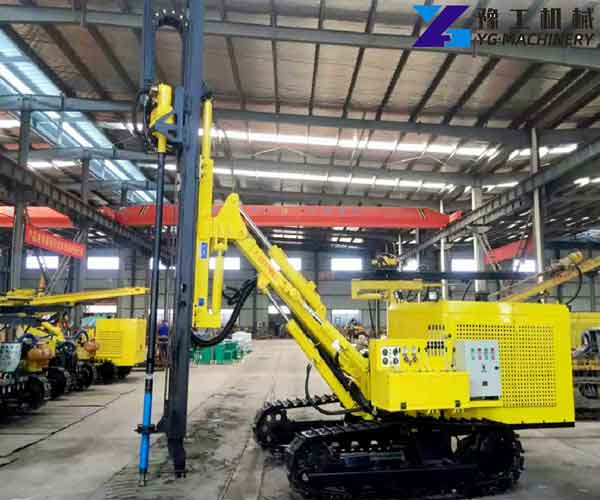
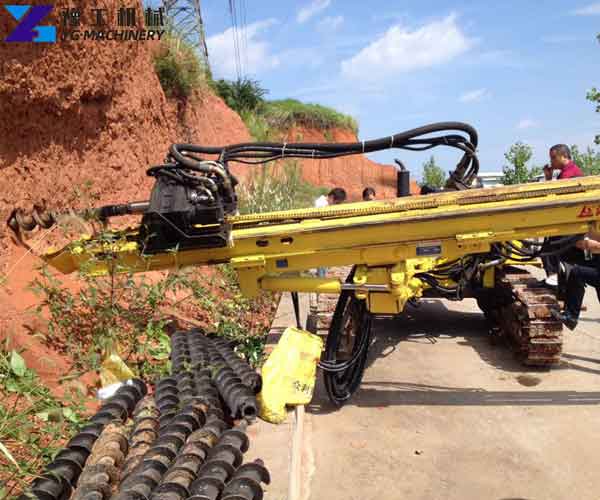
Company: A Construction Company
Location: Cebu City, Philippines
Project: Geothermal Well Drilling
This company is a leading construction company in the Philippines. They awarded a contract to drill geothermal wells in the Cebu City area. Geothermal energy is a significant renewable energy source in the country, and the project aimed to tap into this resource to generate electricity.
To accomplish the drilling tasks efficiently and effectively, the company deployed our down-the-hole drilling machine. This machine is specifically designed for deep hole drilling applications and is ideal for extracting geothermal energy from underground reservoirs.
Working Process of Down-the-hole drilling machine
- Site Preparation: The team conducted thorough site surveys and geological studies to identify suitable drilling locations. Once the sites were finalized, the team prepared the area by clearing vegetation and leveling the ground.
- Rig Setup: The down-the-hole drilling machine was transported to the site and assembled by a team of skilled technicians. The rig consists of a mast, which supports the drilling tools and equipment, and a powerful engine that provides the necessary torque and rotation for drilling.
- Drilling Operations: The drilling process began with the insertion of a drill bit attached to a drill string into the ground. The drill string consists of interconnected pipes that transmit the drilling fluid (typically water or mud) and provide stability during drilling. The down-the-hole drilling machine uses percussive forces to crush and fracture the rock formations.
- Circulation of Drilling Fluid: During drilling, the drilling fluid is pumped down through the drill string and exits through nozzles on the drill bit. This circulation of fluid helps cool the drill bit, remove drill cuttings, and maintain pressure in the borehole to prevent collapse.
- Depth Monitoring: They utilized various instruments, such as logging tools and sensors, to monitor the drilling depth, temperature, pressure, and other parameters. This data was essential for evaluating the geothermal potential of the drilled wells.
- Core Sampling: At regular intervals, the drilling was paused to extract core samples. These samples were analyzed to determine the rock properties, geothermal gradient, and potential energy reservoirs.
- Completion and Well Casing: Once the desired depth was reached, the well was completed by installing a protective casing. The casing provides structural integrity to the well, prevents collapse, and isolates different formations.
- Testing and Evaluation: After completing the drilling operations, the well was subjected to various tests to evaluate its geothermal potential, such as flow tests, temperature logging, and pressure measurements.
Outcome:
The down-the-hole drilling machine enabled this construction company to successfully drill multiple geothermal wells in the Cebu City area. The data obtained from the drilling and testing processes allowed the company to assess the viability of the geothermal reservoirs and plan for future electricity generation projects using this renewable energy source.
By harnessing geothermal energy, the construction company contributed to the Philippines’ goal of reducing dependence on fossil fuels and promoting sustainable energy.

